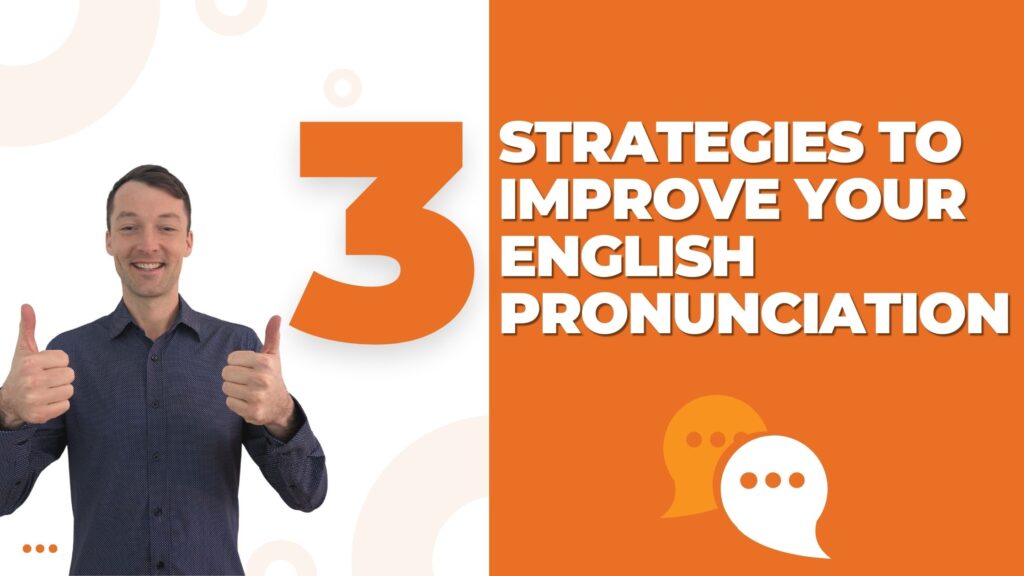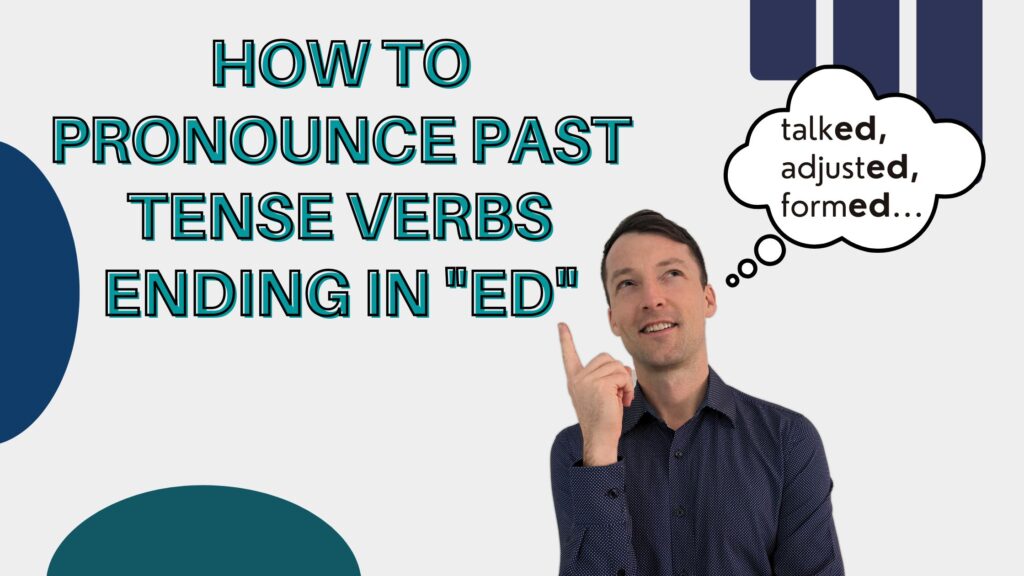There are 6 ways of talking about the past in English. With each way, the meaning changes. In this posting I talk about each of the 6 ways. There will be many example sentences. The download at the end will give you additional practice in talking about the past.
Let us look at each way of talking about the past in English.
1. Talking about the past with the simple past
The simple past (the ed form of the verb for regular verbs) is the most common way of talking about the past in English. We use it most often. We use the simple past to talk about an action that is finished. It is no longer going on.
Barbara e-mailed her brother yesterday. ![]() This action is finished.
This action is finished.
We also use the simple past to give information or facts about the past.
Henry Vlll was a king of England. He married 6 times. ![]() These are basic facts about the history of England.
These are basic facts about the history of England.
My neighbor bought a dog yesterday. ![]() This is general information.
This is general information.
2. The present perfect to discuss the past
The present perfect (have/has + the past participle) can talk about the past in several ways. We can use it to talk about an action in the past that continued over time.
I have lived in New York. ![]() This is something that continued over time. I did not live in New York for only one second. I could use the simple past, but the present perfect emphasizes the process of living over time rather than just the fact.
This is something that continued over time. I did not live in New York for only one second. I could use the simple past, but the present perfect emphasizes the process of living over time rather than just the fact.
We can also use the present perfect to talk about an action that went on from the beginning of your life until now. We often use the words ever, never, already, and yet when we use the present perfect in this way.
My friend has already been to Berlin 6 times, but I haven’t been there yet. ![]()
Finally, we use the present perfect to talk about an action that started in the past but is continuing into the present. The action is not yet finished and may even continue into the future. We often use the words for and since for unfinished past actions.
She has worked here for 6 years. ![]() She started working here 6 years ago, and she still works here.
She started working here 6 years ago, and she still works here.
They have worked here since 1992. ![]() Again, they still work here.
Again, they still work here.
The present perfect continuous (have/has + been + ing form of the verb) is similar in meaning to the present perfect simple. It emphasizes the process over the results, however.
I have painted my kitchen. ![]() This sentence, in the present perfect simple, emphasizes the result of painting over time.
This sentence, in the present perfect simple, emphasizes the result of painting over time.
I have been painting my kitchen. ![]() In this sentence, in the present perfect continuous, the result is less important. It is the process of painting that is important.
In this sentence, in the present perfect continuous, the result is less important. It is the process of painting that is important.
3. Using the past with the past continuous
We use the past continuous (was/were + ing form of the verb) to talk about an action that continued for some time in the past but is now finished.
He was watching TV last night. ![]() The simple past would also be correct. However, the past continuous emphasizes the process and the fact that the action continued over time. He didn’t watch for just one second. The simple past would also be correct, although the emphasis would be on the finished action, not on watching TV over time.
The simple past would also be correct. However, the past continuous emphasizes the process and the fact that the action continued over time. He didn’t watch for just one second. The simple past would also be correct, although the emphasis would be on the finished action, not on watching TV over time.
We also use the past continuous to describe an action that, although now finished, continued over time in the past and was interrupted by another action. When this happens, the continuing action uses the past continuous, and the interrupting action uses the simple past. We often introduce the past continuous with the words while or when.
While I was sleeping, a robber broke into my house. ![]() I was sleeping over time during the night (past continuous). The robber interrupted my sleep when he broke in (simple past).
I was sleeping over time during the night (past continuous). The robber interrupted my sleep when he broke in (simple past).
He answered my text when he was traveling through South America. ![]() The traveling continued over time (past continuous). He interrupted his travels to answer my text (simple past).
The traveling continued over time (past continuous). He interrupted his travels to answer my text (simple past).
4. Using the past perfect
We use the past perfect (had + past participle) when we discuss two past actions. Both are finished, but one happened earlier than the other. The earlier action takes the past perfect. The later action takes the simple past. This gives us a time line so that we know which action came first and which one came second. We may sometimes use the words already, yet, for, and since.
We had already decided where to go on vacation when the travel brochure arrived in the mail. ![]() First we decided (past perfect). Then the brochure came (simple past).
First we decided (past perfect). Then the brochure came (simple past).
I hadn’t yet gone to bed when she knocked on my door. ![]() First I hadn’t yet gone to bed. Then she knocked on my door.
First I hadn’t yet gone to bed. Then she knocked on my door.
Pedro had lived in Mexico for 2 years when his brother came to visit. He had lived in Mexico since 2017. ![]() First Pedro lived in Mexico. Then his brother came to visit.
First Pedro lived in Mexico. Then his brother came to visit.
The past perfect continuous (had + been + ing form of the verb) is similar is meaning to the past perfect simple. Like the present perfect continuous, the past perfect continuous emphasizes the process over the result.
I had been painting my kitchen when she came to my house. ![]() The process of painting here is more important that the results.
The process of painting here is more important that the results.
5. Using with would for past habits
We use would (would + base form of the verb) to talk about past habits and routines. These are things that we did over and over again in the past, but we are no longer doing them now. We use would only with action verbs.
When I was young, I would go to the movies every weekend. ![]() This was a past routine, but it is no longer happening.
This was a past routine, but it is no longer happening.
6. The past with used to
Used to (used to + base form of the verb) means the same thing as would. However, we can use it to describe past states of being or feeling as well as past habits or routines.
I used to ride my bike everywhere when I lived in a small town. ![]() This is a past habit.
This is a past habit.
I didn’t use to like onions. ![]() This is a past feeling.
This is a past feeling.
My father used to be a university professor. ![]() This is a past state of being.
This is a past state of being.
Comparing the meaning of each way of expressing the past
You will see sentences below that are very similar. Each will show a different way of taking about the past. We discuss the meaning of each sentence.
- Simple past — I lived in California for 4 years.
 This action is finished. I no longer live there.
This action is finished. I no longer live there. - Present Perfect–I have lived in California for 4 years.
 This action is not finished. I moved to California 4 years ago,and I still live there. I have been living in California for 4 years.
This action is not finished. I moved to California 4 years ago,and I still live there. I have been living in California for 4 years.  This emphasizes the process of living, but the meaning is very similar to the present perfect simple.
This emphasizes the process of living, but the meaning is very similar to the present perfect simple. - Past continuous–She was living in California when Ronald Regan was elected president.
 She lived in California over time. During that time, Reagan was elected president. She may or may not still live in California.
She lived in California over time. During that time, Reagan was elected president. She may or may not still live in California. - Past Perfect–He had already moved to California by the time his brother moved to Montana.
 First he moved to California. Then his brother moved to Montana. He had been moving to California when his brother moved to Montana.
First he moved to California. Then his brother moved to Montana. He had been moving to California when his brother moved to Montana.  He was in the process of moving (packing, etc.) when his brother moved to Montana.
He was in the process of moving (packing, etc.) when his brother moved to Montana. - Would–My family would travel to California every year when we were kids.
 This is a past habit. We are no longer kids and we no longer travel to California every year.
This is a past habit. We are no longer kids and we no longer travel to California every year. - Used to–I used to live in California.
 This is a past state of being. It is now finished. I no longer live there. The meaning could be similar to the simple past. Used to, however emphasizes living over time.
This is a past state of being. It is now finished. I no longer live there. The meaning could be similar to the simple past. Used to, however emphasizes living over time.
You now know that there are 6 ways of talking about the past. The simple past is the most common way of talking about the past. It is for an action that is finished. We can use it in place of many other past tenses what we want to emphasize that the action is finished. The present perfect is for an continuing and often unfinished action the is still going on now. The past continuous is used when one action interrupts another continuing one. The past perfect gives us a timeline to discuss an earlier (past continuous) and a later (simple past) activity. Finally, would describes past habits and routines, and used to describes past habits, routines, feeling, or states of being. the download will give you additional practice talking about the past.
You can download the practice sheet now!
Idioms of the day
- to be laid back
 — This means to be calm and relaxed, and to seldom worry about things. My brother is so laid back. He never gets angry, and nothing ever bothers him.
— This means to be calm and relaxed, and to seldom worry about things. My brother is so laid back. He never gets angry, and nothing ever bothers him. - itching to do something
 — This means to want to do something very much. I just bought a new phone, and now I’m itching to begin using it.
— This means to want to do something very much. I just bought a new phone, and now I’m itching to begin using it.




